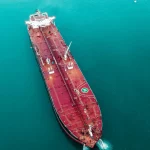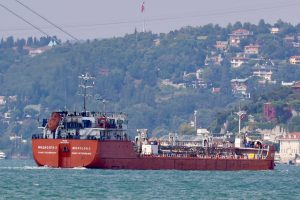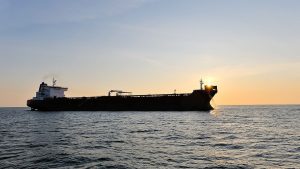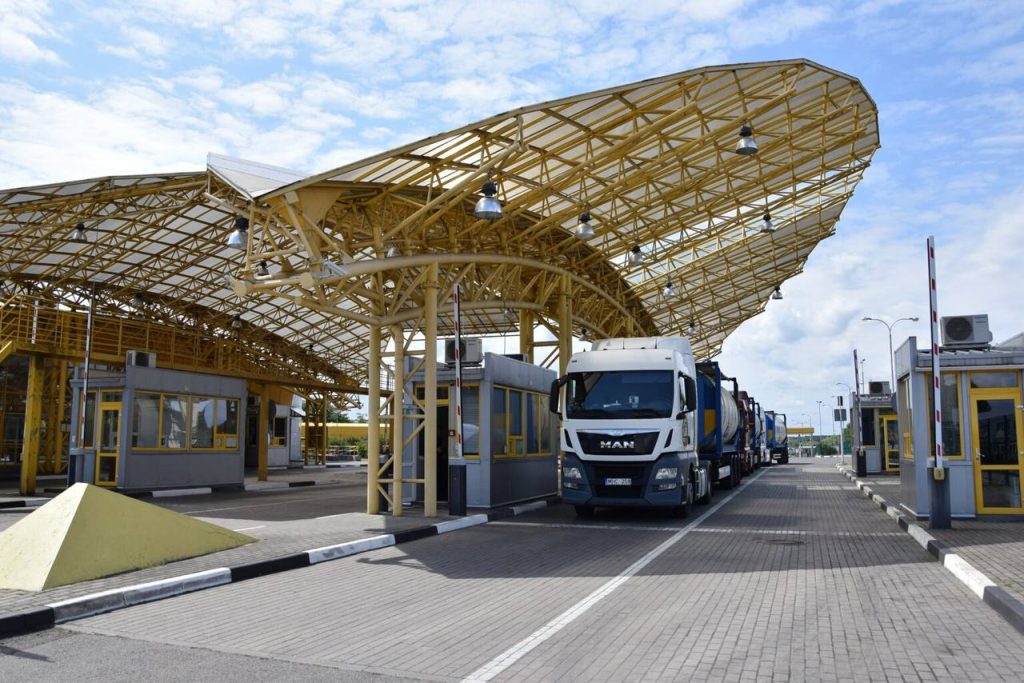Cargo insurance in wartime: risks, practice and real protection mechanisms
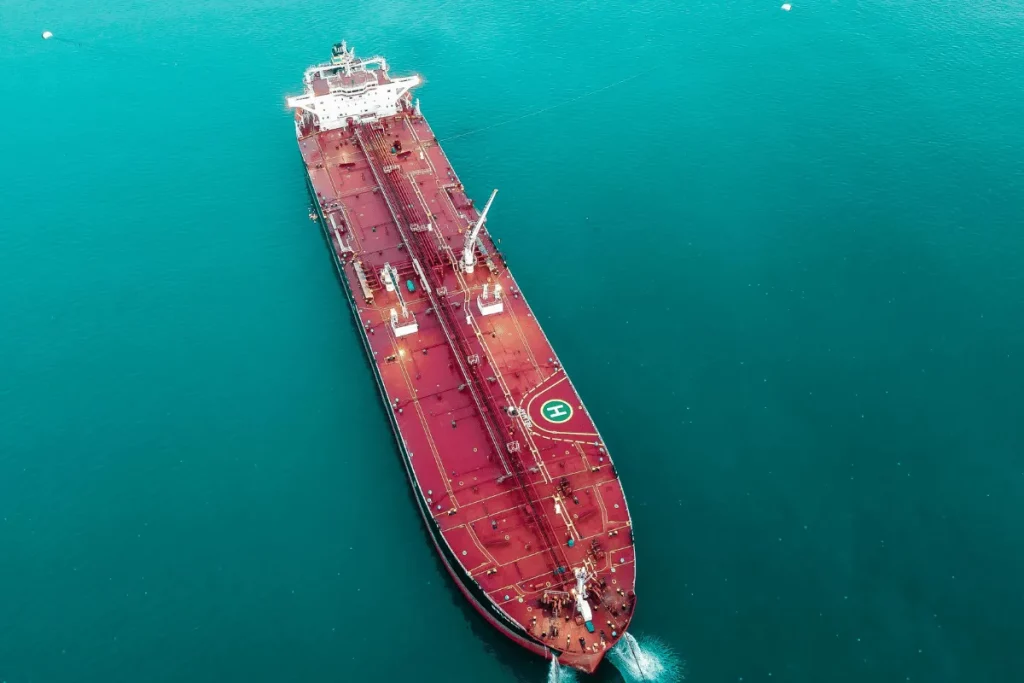
During the period of global upheavals caused by a full-scale war, cargo insurance issues have gained new importance for Ukrainian exporters. If earlier the main concern of businesses was the amount of policy costs, today their predictability, consistency of rules and real effectiveness of insurance coverage have come to the fore.
In a new article, Interlegal partner Artem Skorobogatov and representative of insurance broker LION Andriy Lofiy tell more about EWRI, insurance market trends and current rates.
EWRI — a new reality and a major source of controversy
The most significant change in the marine insurance market was the introduction of a war risk premium, or, as it is more often called today, EWRI (Extra War Risk Insurance). Until 2022, this premium was perceived as a formality, but with the start of active hostilities in the region, it became an integral part of each voyage. EWRI is paid by shipowners, who, in turn, “re-issue” these costs to cargo owners.
We are increasingly faced with disputes between the parties regarding the procedure for payment or even the legality of such claims. There are cases when shipowners try to keep cargo in port due to non-payment of EWRI, despite the absence of such a right in the charter. Some operators refuse to provide confirmation of their insurance costs, which creates additional tension in relations with charterers.
Particularly risky are situations when disputes arise after the end of the voyage, when contractual settlements have been made, and the amounts of claims can reach hundreds of thousands of dollars.
Lack of automatic coverage: new barriers for exporters
After 2022, most international insurers have excluded Ukrainian ports from the list of standard coverage regions. This means that each shipment must be agreed individually, which, in turn, leads to:
- delays in issuing policies,
- increased insurance premiums,
- difficulties in concluding contracts (in particular, regarding risk allocation).
This is especially critical for businesses with low margins, where additional costs can make exporting economically unprofitable. As a result, in the event of damage or loss of cargo (for example, due to a drone attack or common maritime risks), the cargo owner is left without goods and without compensation.
When insurance won’t help: the risks of a total accident
A separate risk for cargo owners is general average. If the ship’s captain decides to salvage the ship or cargo (for example, during an attack or due to critical damage), the costs are shared between all parties to the carriage in accordance with the York-Antwerp Rules. This means that even if your cargo is undamaged, you are liable to pay a portion of the salvage costs.
Without proper insurance, this can result in direct financial losses without any right to compensation.
Insurance market trends and current rates
Today, cargo insurance is conditionally divided into two main areas:
Standard cargo insurance (All Risks). Under the terms of ICC A, GAFTA/FOSFA, rates remain relatively stable. The war had almost no effect on their level, except for the initial period of 2022, when the ports of the Danube cluster accepted outdated vessels without proper classification and insurance coverage.
The main factors affecting the rate:
- technical condition of the vessel,
- its age,
- availability of IACS classification and shipowner’s liability insurance (IGP&I).
With the start of full-fledged operation of the ports of Greate Odesa, the situation stabilized – the quality of the fleet increased, and tariffs normalized.
War cargo risks (EWRI). Here, rates fluctuated significantly. At the start of the first grain corridor in 2022, they reached 4–5% of the cargo cost, but today they have decreased to 0.35–0.40%. This is an almost tenfold decrease. Temporary increases have only occurred during massive attacks (such as in the fall of 2024, when at least 7 ships in the Black Sea were affected).
How the market works: insurance payments, hidden risks, real efficiency
Despite the difficult conditions, the insurance market is functioning. Payments are made regularly, but only if:
- a clear route and documents are drawn up,
- an agreed procedure for paying EWRI,
- a separate cargo policy is available.
One real example is the container ship “SHUI SPIRIT”, whose cargo was damaged as a result of a missile strike on the Black Sea fishing port. The insurance company paid compensation.
What else to pay attention to: - duration of coverage in the High Risk Area,
- possibility of withdrawing coverage,
- reinsurance conditions.
Forecast: what happens next?
According to forecasts, in the near future, EWRI rates will remain within 0.35–0.40%, with the potential to decrease to 0.25–0.30% if it is possible to reach agreements on a truce or stabilize the situation in the Black Sea.
For Ukrainian business, cargo insurance today is not just a formality, but a strategic risk management tool. Military challenges have turned it into an integral part of safe logistics. Those companies that have adapted to new conditions in a timely manner — have agreed on documents, understand compensation mechanisms and have an action plan in case of emergency situations — retain a competitive advantage in the global market.
Having professional legal support and a competent insurance strategy is not an expense, but an investment in stability.

Interlegal partner Artem Skorobogatov and representative of the LION insurance broker Andriy Lofiy.
